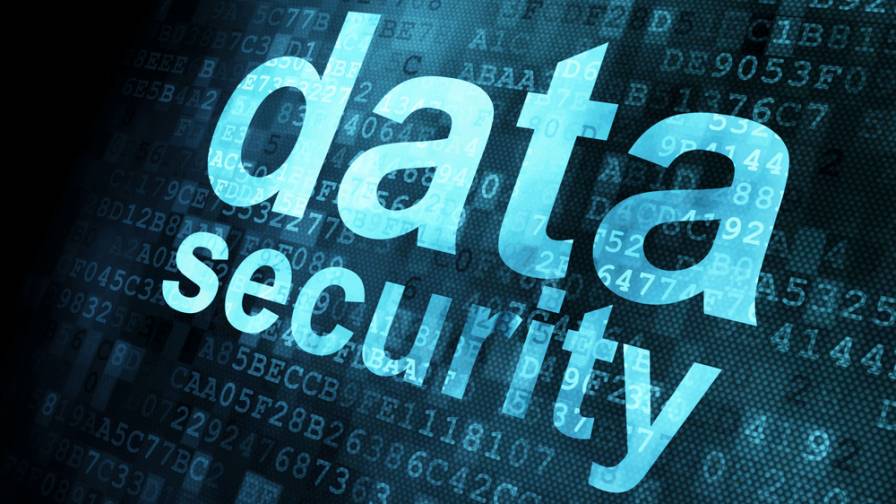How IoT Solutions for Indian Agriculture Are Working Despite Unique Challenges
With a thriving global population, predicted to touch 9.6 billion by 2050, the agriculture sector must scale to meet the demands, despite adverse environmental conditions and climate change. To accommodate a burgeoning population’s needs, the agriculture industry will have to utilize innovative technologies to attain a much-needed edge. Agricultural applications of IoT (Internet of Things) will enable the industry to enhance operational productivity, reduce expenses, lessen waste, and increase their yield quality.
IoT-based smart farming is a system built to monitor the agricultural land with the help of sensors (soil moisture, humidity, light, temperature, etc.) and automate the irrigation practices. The farmers can observe the field conditions from anywhere. For example, it will alert the farmer when the soil moisture level is low; the farmer can use sensors to initiate irrigation. IoT-based smart farming is highly efficient in contrast to traditional methods.
Precision farming is the most common application of IoT in farming. It makes the agricultural practices more precise and well-planned by including processes like real-time crop and soil condition monitoring, plant health tracking, and weather prediction. The farmers can administer their fields based on the insights obtained by this system. Moreover, by using mobile devices, high-speed internet, and durable, low-cost satellites (for imagery and positioning), the IoT-integrated Artificial Intelligence system can give up-to-date alerts and data to optimize crop growth processes and to reduce yield loss because of pests, detrimental soil moisture level, or weather damages. This farming method assures precise usage of resources and increases field productivity while maintaining the sustainability of the process.
IoT-equipped irrigation systems not only conserve water but also ensure that crops are getting just the right amount of water for their optimum growth. This method of irrigation relies on the soil moisture level rather than pre-determined interval-based irrigation.
MORE BY RASHIKA SOLOMON
How Digitization Is Moving Indian Agriculture Forward in the Wake of COVID-19
Precision Agriculture in India: New Technologies Are Here, But Wide-Scale Adoption Is Far Off
Numerous organizations leverage this technology throughout the globe. In India, SatSure is a data analytics company that integrates satellite, weather, and IoT analytics with the agriculture sector to help farmer’s financial security and crop insurance. The company has mobile apps for giving information on supply statistics of crops and crop stressing in their area. This aids with deciding what to sow, when to irrigate or add fertilizers, or prepare for harvest. Currently, the startup’s solutions are used by the Andhra Pradesh State Government. Many banks and insurance firms in India are also leveraging SatSure’s solutions.
An end-to-end IoT solution for fresh food management, Qzense is employing IoT to develop solutions for fast and precise grading of fresh food by capturing insights on spoilage, shelf life, and ripeness, thus helping farmers achieve higher margins from the same produce.
However, this technology’s implementation poses its own unique challenges in India, especially for farmers who have small land-holding and are located in rural areas lacking decent internet connectivity and proper infrastructure, without which advance monitoring systems are useless. The high cost of IoT equipment and its complexity may also discourage farmers from a humble background.
Therefore, strategic and systematic IoT application plans and supporting government schemes are required to adopt such smart farming technologies and endorse its implementation. If successful, it will undoubtedly boost the agricultural sector’s economy. Hence, advancing agriculture by digital transformation should be of prime importance in India.










